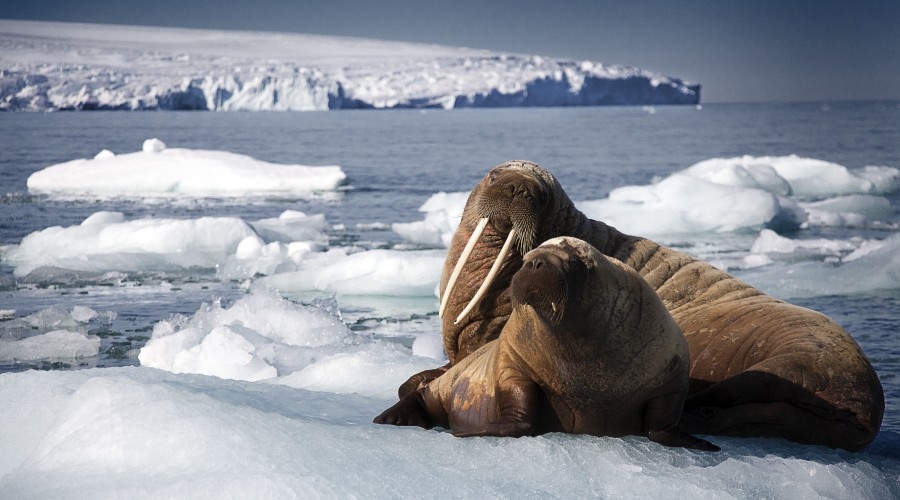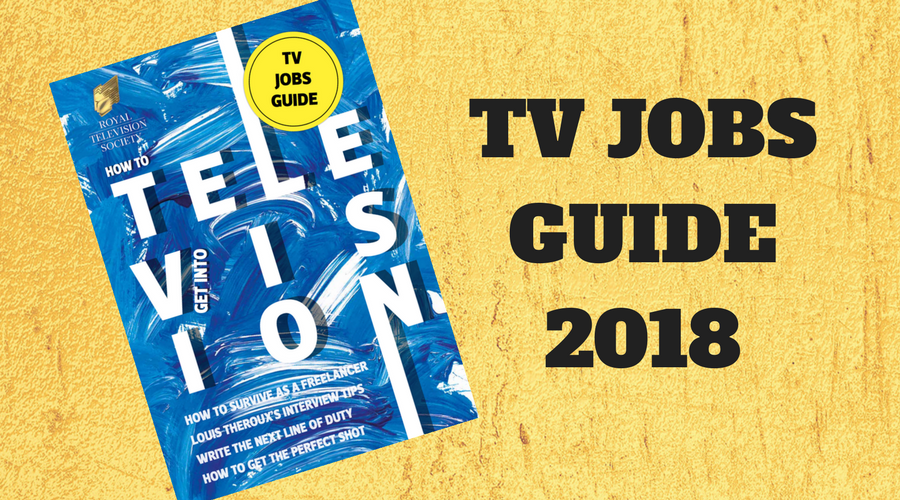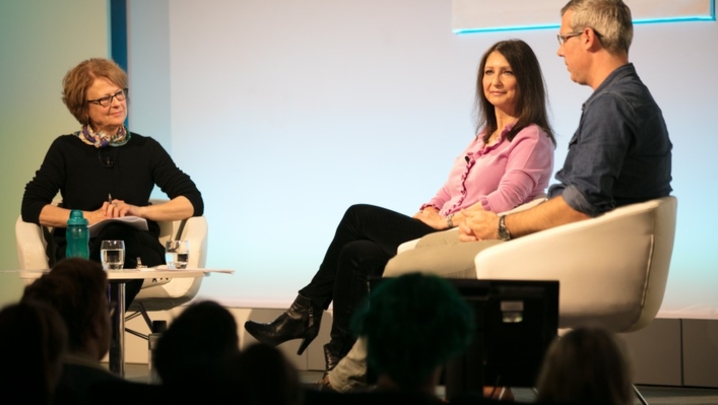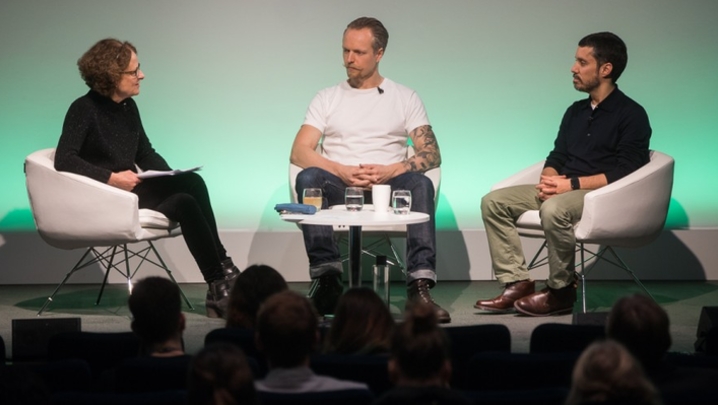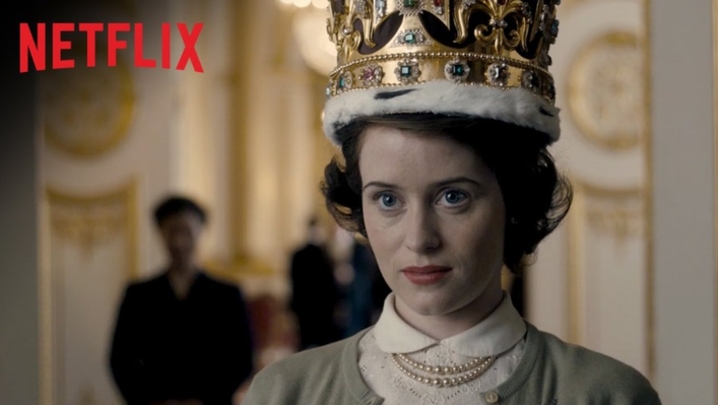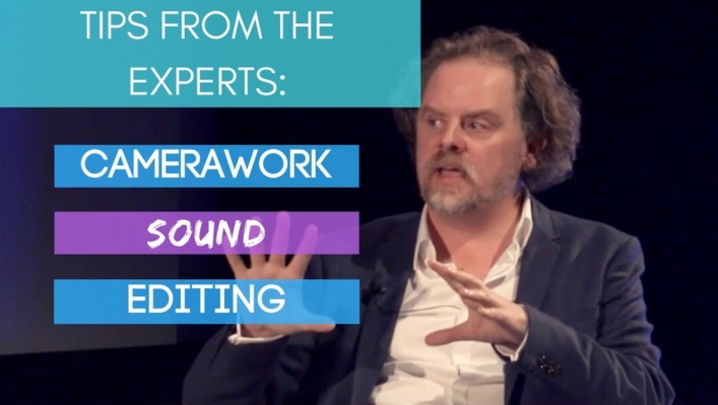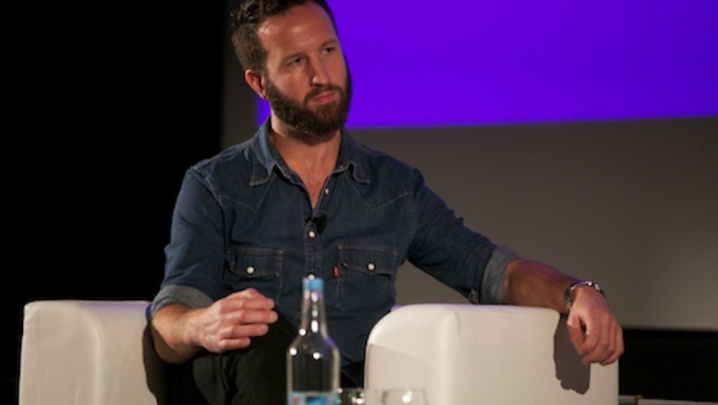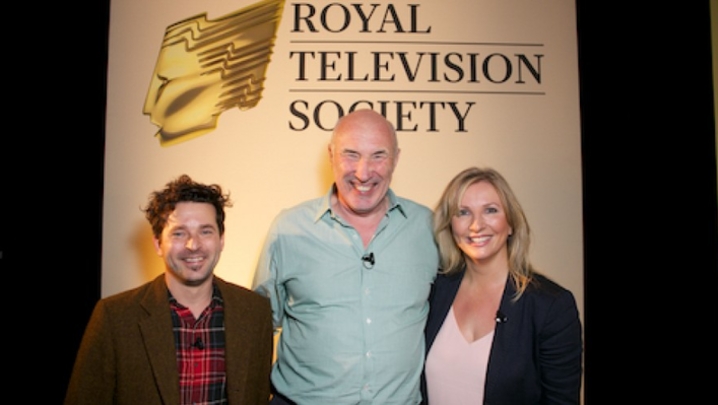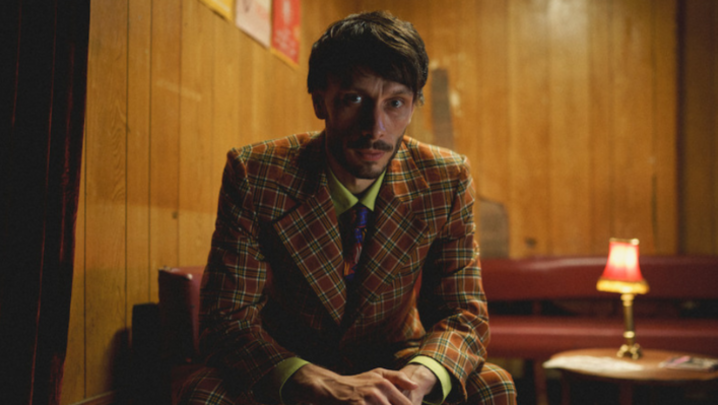Learn all the behind the scenes secrets of how the Blue Planet II team edited hours worth of footage down to a few minutes, plus Youtuber Charlie Kilman dissects that snake vs iguaua scene
Like most editors, Matt Meech started out as a runner, working at a post-production house in Soho where he spent his spare time learning how to use editing software Avid.
Matt put together a showreel which impressed his bosses enough for them to give him a job as an assistant editor.
Since then, he’s moved to Bristol, first working on a feature film for Wallace & Gromit creator Aardman Animations, then going into natural history programmes. He started on the Really Wild Show, working up to landmark series such as Planet Earth II.
“Natural history films are the most challenging and entertaining programmes to work on,” explains Matt. “They have to have as much drama as Game of Thrones, be both concise and scientifically true, as well as being so beautiful you can’t switch over the channel.” It doesn’t help that animals don’t tend to follow a script.
The camera teams spend months amassing footage for a series like Planet Earth II, and Matt feels a great responsibility to make sure the end product is as good as it can possibly be.
While it helps to be a perfectionist, having a short-term memory can also come in handy, says Matt. “It really helps to be able to look at a sequence you’re working on like it’s the first time you’ve seen it. The longer you’re working on it, the harder it is to do.”
On a project like Blue Planet II, editors spend hours going through rushes, selecting shots and working out how to tell the story that the director wants to tell. Rather than trying to plan a programme, Matt and his colleagues are tasked with creating six minute-long sequences, and these are eventually weaved together to form a film.
After days spent agonising over sequences, Matt likes to go back to his original cut to see if there is anything that has become dulled during the re-edit. “You can go into a spiral of picture changes and commentary changes that creates a really flat sequence.”
As a professional perfectionist, you need to know when to stop, says Matt. “I will often get 10 hours of material for a six minute sequence, so there is an infinite way to craft a story.”
More tips from industry pros
Never cut the beginning first – you don’t know what exactly the film is [yet].
Bonnie Rae Brickman – Film and TV Editor
How to establish a location, how to cut a scene, how to compress time - those are skills you need to master
Bonnie Rae Brickman – Film and TV Editor
“Take a film that you love and cut a trailer for it. Turn a horror film into a romance. This is what one does in the cutting room!
Ben Stark, Documentary Editor
Cutting to the chase: Deconstructing a classic sequence
YouTuber Charlie Kilman, of Our Changing Climate, analysed the composition of the famous Racer Snakes vs Iguana sequence from Planet Earth II in a video which Meech says captures his process from the scene.
With 28 shots over 2.04 minutes, Meech echoes the narrative of a Hollywood film – which he says, allows him a “subliminal way to ease people into a new story.”
The sequence can be divided into six parts:
Exposition: using a shot/counter shot technique, Meech establishes the location of the snakes (frame left) and the lizard (frame right).
Tension: a series of shots show the snakes now moving right to left – as if creeping up behind the lizard.
Conflict: the chase begins! Three wide shots bombard the audience with information as snakes pour from the rocks.
Twist: the iguana gets caught by the snakes, abruptly stopping his escape. So sudden is it, your eye wants to keep tracking across the screen.
Falling action: a rapid series of shots allow Meech to manipulate the timeline and gradually release tension as the snakes fall behind.
Resolution: the iguana escapes.
Charlie explains that the Meech’s editing brings out a simple narrative in order to “maximise sympathy, imply opposition and build suspense”, “transforming an animal that may fail to engage an audience in real life, into an emotional and educational hero.”


